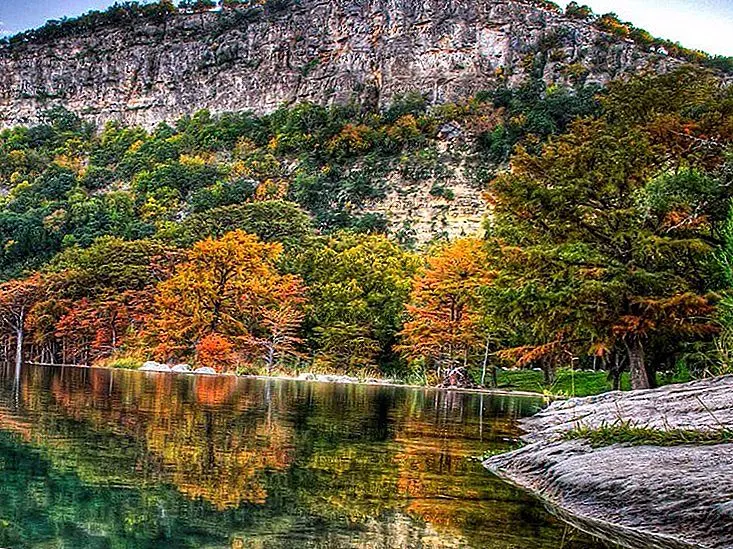The Porcupine Mountains Wilderness State Park on the shores of Lake Superior along Michigan's Upper Peninsula have a stunning variety of wildlife, with primeval forests found in only a few other locations.
 |
| Porcupine Mountains Wilderness State Park |
Open your eyes to stillness. Time is suspended by the rhythm of raindrops and cascading layers of water. Wrapped in a cocoon of mossy hemlock and curly birch boughs, this is a primeval forest. I am here in the Porcupine Mountains on the cold shores (even in June) of Lake Superior on the Upper Peninsula of Michigan, one of the wildest parts of the Lower 48.
This small group of low mountains stretching along the shores of Lake Superior, affectionately known by the locals as "Porky" is one of America's undiscovered wild gems. Protected as the Porcupine Mountains Wilderness State Park, this wilderness is home to the largest surviving stands of northern deciduous forests in North America west of the Adirondack Mountains.
 |
| Porcupine Mountains Wilderness State Park |
Covering over 31,000 acres (13,000 hectares) of Porka's pristine forests, clear, turbulent rivers and long rocky coastlines, this is the perfect place to break out of the modern world to discover seclusion and natural beauty. During my 10 day stay as an artist visiting Friends of the Porkies, it rained almost all days, but I didn't let it humiliate my spirit to go out and explore. Rather, it only emphasized the mood and mystery of the wild.
They say that the hunched silhouette of these mountains reminded the native Ojibwe of the Hague Porcupine. The name stuck, and they continue to maintain this distinction, which today rises above Lake Superior almost like the rounded back of a porcupine, dotted with the shaggy skin of trees, like many feathers.
 |
| Porcupine Mountains Wilderness State Park |
The landscape of this wilderness was formed from the huge ice sheets that once covered much of North America during the Ice Age over 20,000 years ago. While we take it for granted as a long distant event, the earth's crust is still slowly recovering from the enormous weight of ancient glaciers even today.
With basaltic rocks that are over 3 billion years old, Porks are especially ancient. With its rich iron formations, the northwestern Upper Peninsula has been important to the American steel industry for decades. Rock formations outside of Porky are the second largest producer of iron ore as well as copper in the United States.
History
The Porcupine Mountains Wilderness State Park, or Porkies, are a group of small mountains that straddle the northwestern Upper Peninsula of Michigan in Ontonagon and Gogebic counties, near the shore of Lake Superior. The Porcupine Mountains were named by the Ojibwa natives, supposedly because their silhouette was shaped like a crouching porcupine. They are home to the vast majority of wood- age growth bracket northern forests in North America west of the Adirondack Mountains, covering at least 31,000 acres (13,000 hectares).
 |
| Porcupine Mountains Wilderness State Park |
The area is popular with tourists, especially Lake of the Clouds in the heart of the mountains, and is part of the Porcupine Mountains Wilderness State Park. Porcupine Mountains were the site of the mining of the copper in the nineteenth century. One of these mines is the Nonesuch mine, which operated sporadically from 1867 to 1912. Due to its copper mining history, the state park is a collaborating unit of Keweenaw National Historical Park.
